The GAIN project is funded by the EU Horizon 2020 Fund
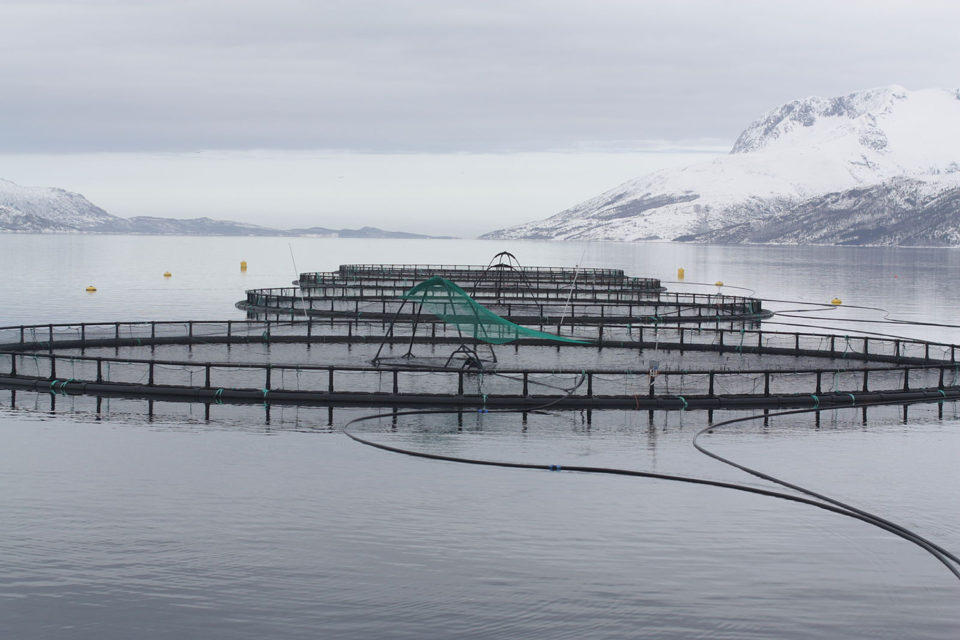
Editor’s note: This is the first of a three-part series on sustainable aquaculture intensification in Europe, with articles focused on precision aquaculture, sustainable feeds and the circular economy. This work from the GAIN project is funded by the EU Horizon 2020 Fund. Each part in this series takes provides an introductory glance at each topic, then explains how outputs from the GAIN project are contributing, including the applicability to industry and governance. Look for a new article on the Advocate each week.
As aquaculture production intensifies, farms need more precise and scalable ways of monitoring the health of their animals and the environmental conditions that will impact production. Precision aquaculture is a way to facilitate and automate aquaculture operations based on data collected at the farm level by sensors and other technology.
Precision aquaculture uses control-engineering principles and concepts from the Internet of Things (IoT) to collect farm data using sensors and other automated equipment. Interconnected sensors store and collate data to provide data-driven insights that are specific to each pond or cage.
The aims of precision aquaculture are to 1) improve the accuracy of farm operations, 2) automate and streamline operations, and 3) support faster and more evidence-based management decisions. This would reduce the need for subjective, experience-based decisions based on farmer observations by providing sufficient data directly from the farm for evidence-based management decisions. This is particularly useful for fish farming, where water conditions can make observations difficult or risky for farmers.
Precision aquaculture can contribute to more accurate forecasting and monitoring of stock; reduced labor demands; better employee safety; more precise distribution and timing of feed leading to better feed conversion ratios; and faster detection of animal welfare issues, leading to better prevention of disease, reduced use of antibiotics or other chemical treatments, and reduced environmental impacts.
Adopting precision aquaculture also increases the farm’s social license, in that the environmental-quality data can feed into broader environmental monitoring systems, increasing social integration with the local community.
Precision aquaculture is already being used in a wide variety of contexts. For example, offshore salmon cages in Scotland and Norway are typically large-scale operations that rely on cameras and water-quality sensors to monitor the health and growth rates of their animals. Precision aquaculture takes this one step further by collecting quantitative data for automated analysis.
This exciting development in aquaculture parallels terrestrial livestock management, where farmers can manage more animals with greater precision and increased welfare with the help of sensors. For example, precision agriculture is allowing farmers to detect vitamin deficiencies in cattle, better estimate dairy milk production, and better estimate pig growth.
The GAIN project has developed novel precision aquaculture techniques for sea bass, trout, salmon and bivalve aquaculture. The following articles in this series will take a deep dive into each of these outputs and how they can support and be integrated into industry practices for improved production.
This project has received funding from the European Union’s Horizon 2020 research and innovation program under grant agreement N° 773330.
Now that you've reached the end of the article ...
… please consider supporting GSA’s mission to advance responsible seafood practices through education, advocacy and third-party assurances. The Advocate aims to document the evolution of responsible seafood practices and share the expansive knowledge of our vast network of contributors.
By becoming a Global Seafood Alliance member, you’re ensuring that all of the pre-competitive work we do through member benefits, resources and events can continue. Individual membership costs just $50 a year.
Not a GSA member? Join us.
Author
-
Alexandra Pounds
Assistant Researcher in Aquatic Food Security
Institute of Aquaculture
University of Stirling
Stirling, Scotland, UK
Tagged With
Related Posts
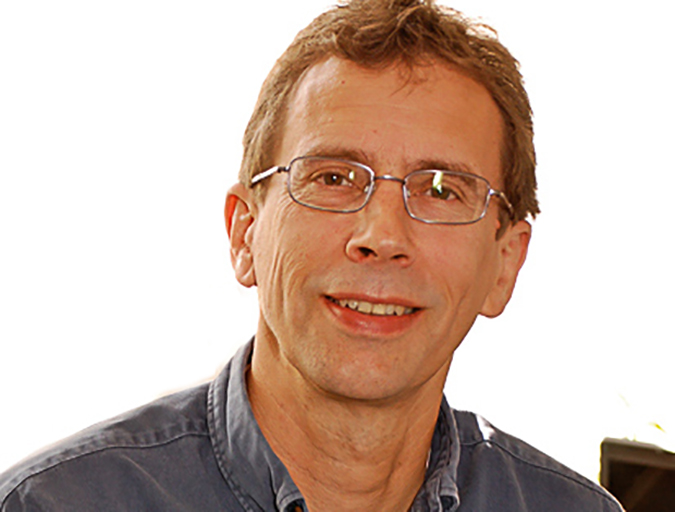
Innovation & Investment
Aquaculture Exchange: David Little, University of Stirling
David Little, professor at the University of Stirling in Scotland, tells the Advocate about the rapid evolution of the aquaculture industry in Southeast Asia — where he made his home for many years — and discusses the role of academia in ushering in new eras of innovation.
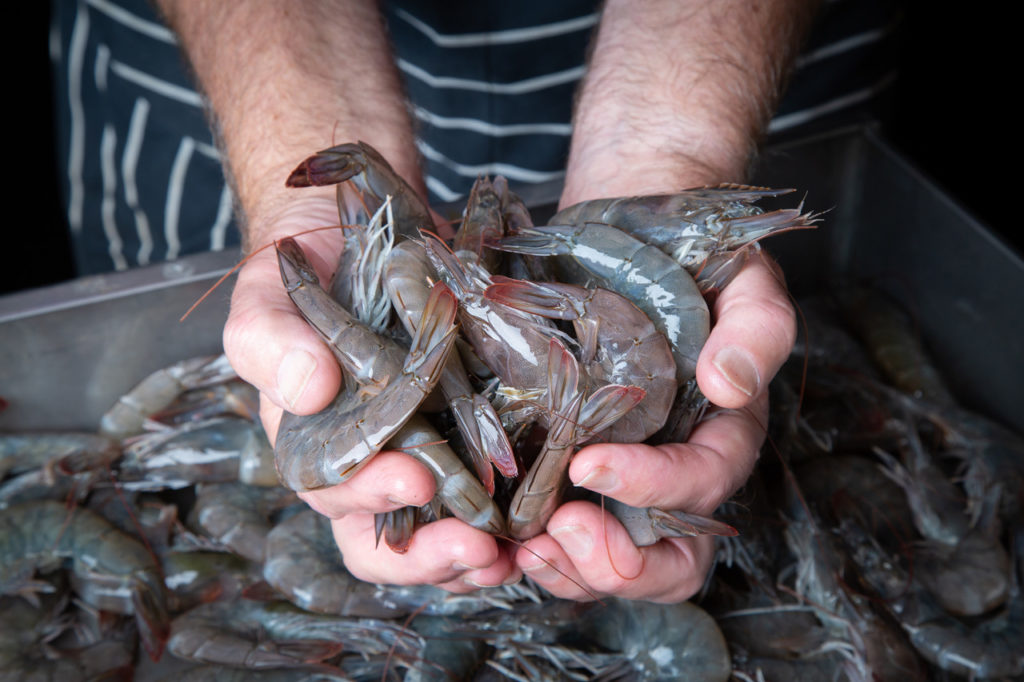
Innovation & Investment
Ascending U.K. prawn farms now riding out the coronavirus storm
U.K. prawn farms FloGro Fresh and Great British Prawns believe demand for trusthworthy, local food will carry them past the COVID-19 market disruption.
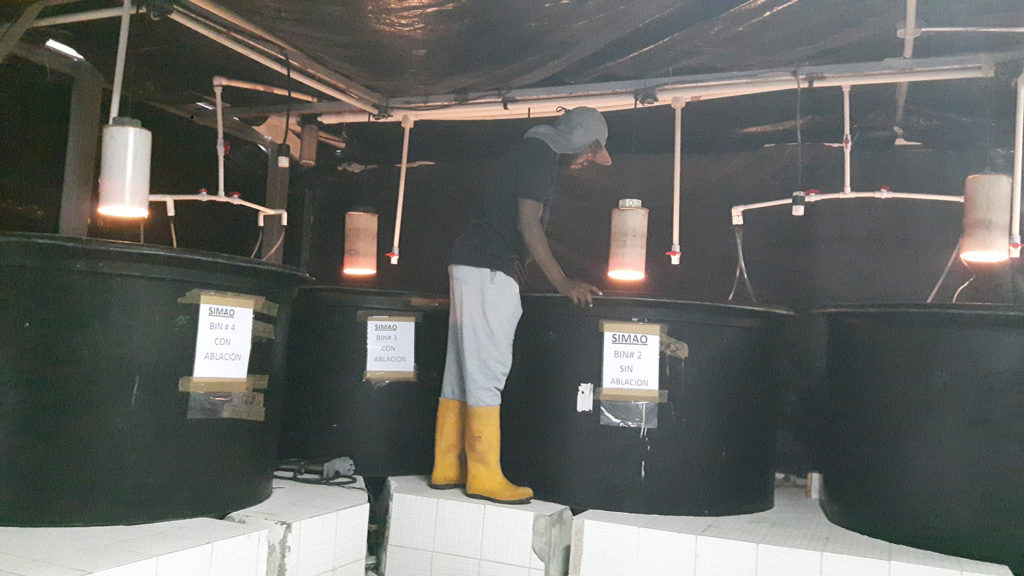
Innovation & Investment
Innovation Award 2020 finalist: Simao Zacarias’ shrimp eyestalk ablation research
Farmed shrimp eyestalk ablation research is one of three finalists for the Global Aquaculture Alliance’s annual Global Aquaculture Innovation Award.
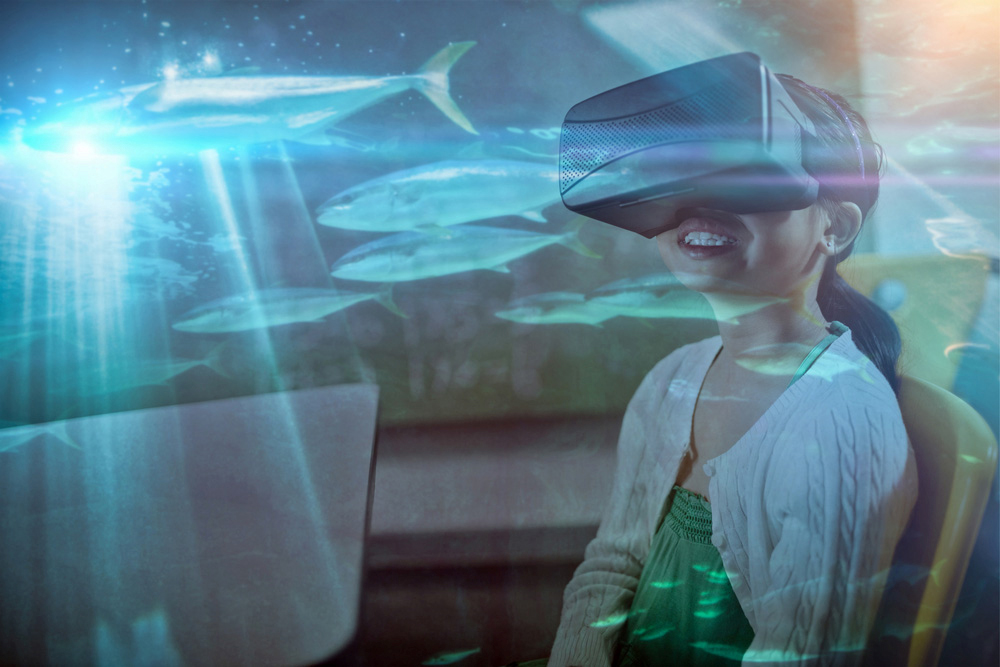
Innovation & Investment
Eight digital technologies disrupting aquaculture
Eight digital technologies are disrupting aquaculture and having a profound impact on the way business operates – even displacing some established ones.



